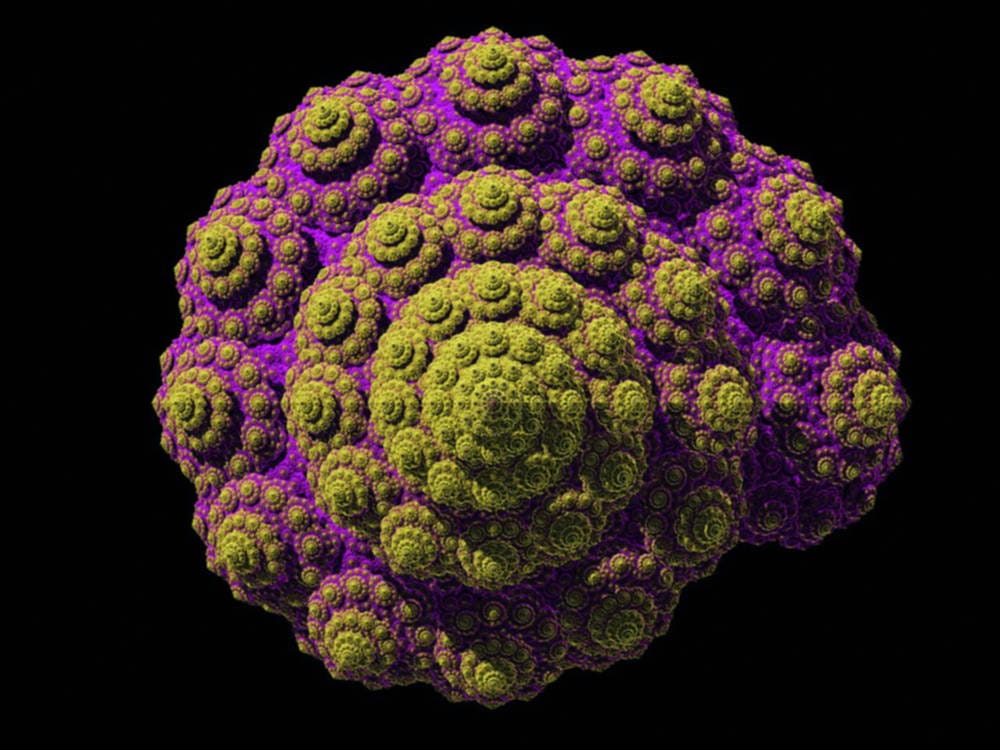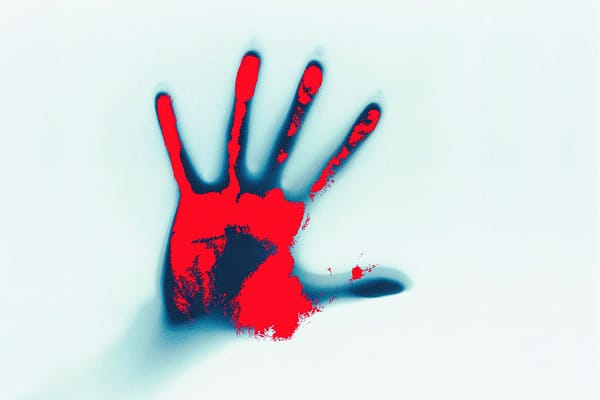A foundation in fractals
Zofia Strzelecka highlights the wonders and applications of the patterns that make up the universe

Fractals are everywhere we look. Clouds, snowflakes, broccoli – even mountains are full of them. Simply put, a fractal is a never-ending pattern that can be defined as ‘a rough or fragmented geometric shape that can be subdivided in parts, each of which is a reduced-size copy of the whole’. This property of fractals is called self-similarity. In nature, fractals mainly include branching patterns like those of a tree or river tributaries, or spiral patterns like a hurricane or the Milky Way.
Despite being evident in all living things, they predominantly feature in the study of maths, as they were first named by Benoit Mandelbrot (1924-2010) – ‘the fractalist’ – who is the father of fractal geometry and invented the term in 1975. Mathematical fractals, such as ‘the Mandelbrot Set’ are simply formed by repeating the same equation thousands of times and looping the answer into the start. This forms an infinitely complex pattern, which can form beautiful pictures when viewed graphically. For this reason, fractals are often used in fashion as well as creative arts with one famous example being paintings by Katsushika Hokusai. Even works of famous classical musicians has underlying fractal algorithms to explain why their compositions hold so much interest.
But the world of fractal mathematics did more than just inspired artists. By showing the hidden beauty found beneath reality, studying them has also aided researchers in cosmology, medicine, engineering and genetics as well. Using fractals is a great way to describe the unpredictable, like earthquakes, variation in heart rhythm and the outbreak of disease to name but a few applications.
Another important use is in the financial market, where Mandelbrot first started working on the mathematics of complexity at IBM during the 60s. He even wrote a book on his theories, where he applies fractals to describe the future of the stock market.
Overall, fractals not only make great desktop backgrounds, but they also describe the world by showing the hidden beauty, complexity and unpredictability we face in life.








